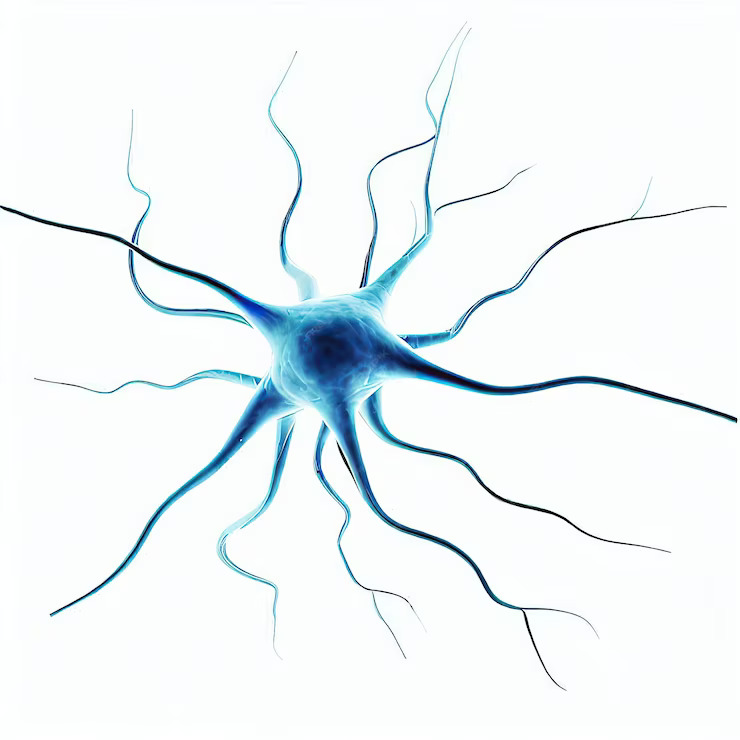Navigating the Discomfort: Understanding and Managing Shoulder Paina.
Shoulder pain is a prevalent issue affecting people of all ages and backgrounds. Whether it arises from an injury, overuse, or an underlying medical condition, shoulder pain can significantly impact daily life and functionality. In this article, we explore the common causes, symptoms, and effective management strategies for shoulder pain.
To know more about it please click here
- Causes of Shoulder Pain: Shoulder pain can stem from various causes, including:
- Symptoms of Shoulder Pain: Symptoms may vary based on the underlying cause but commonly include:
- Dull or sharp pain in the shoulder or upper arm.
- Limited range of motion.
- Swelling or tenderness around the joint.
- Difficulty sleeping on the affected side.
- Diagnosis and Medical Evaluation: Identifying the cause of shoulder pain often requires a comprehensive medical evaluation. Healthcare professionals may perform physical examinations, imaging studies (X-rays, MRI), and in some cases, recommend diagnostic injections to pinpoint the source of pain. A thorough assessment is crucial for developing an effective treatment plan.
- Non-Surgical Management:
- Rest and Ice: Initial treatment often involves rest and applying ice to reduce inflammation.
- Physical Therapy: Targeted exercises can strengthen the shoulder muscles and improve the range of motion.
- Pain Medications: Over-the-counter or prescription medications may be recommended for pain relief and inflammation.
- Surgical Interventions: In cases where conservative treatments prove ineffective, surgical options may be considered. Arthroscopic procedures, rotator cuff repairs, and joint replacement surgeries are among the possibilities, depending on the specific condition and severity.
- Preventive Measures and Lifestyle Adjustments:
- Proper Ergonomics: Maintaining good posture and ensuring ergonomic workspaces can prevent overuse injuries.
- Regular Exercise: Strengthening exercises and stretches can enhance shoulder flexibility and strength.
- Weight Management: Maintaining a healthy weight reduces stress on the shoulder joints.
- Seeking Professional Advice: Persistent or severe shoulder pain should prompt consultation with a healthcare professional. Early intervention and accurate diagnosis play a crucial role in the successful management and prevention of long-term complications.
- Rotator Cuff Injuries: Tears or strains in the rotator cuff, a group of muscles and tendons, are common culprits.
- Frozen Shoulder: Also known as adhesive capsulitis, this condition limits the shoulder’s range of motion.
- Tendonitis: Inflammation of the tendons, often due to overuse or repetitive motion.
- Arthritis: Osteoarthritis or rheumatoid arthritis can affect the shoulder joints.
- Bursitis: Inflammation of the bursa, fluid-filled sacs that cushion the joints.
To know more about it please click here
Conclusion: Shoulder pain is a common complaint with a myriad of potential causes, ranging from everyday wear and tear to more complex medical conditions. Understanding the symptoms, seeking timely medical evaluation, and adopting appropriate management strategies are key to alleviating discomfort and preventing complications. Whether through non-surgical interventions, physical therapy, or, in some cases, surgical procedures, addressing shoulder pain empowers individuals to regain functionality and enjoy an improved quality of life.







